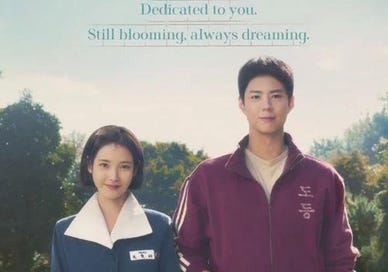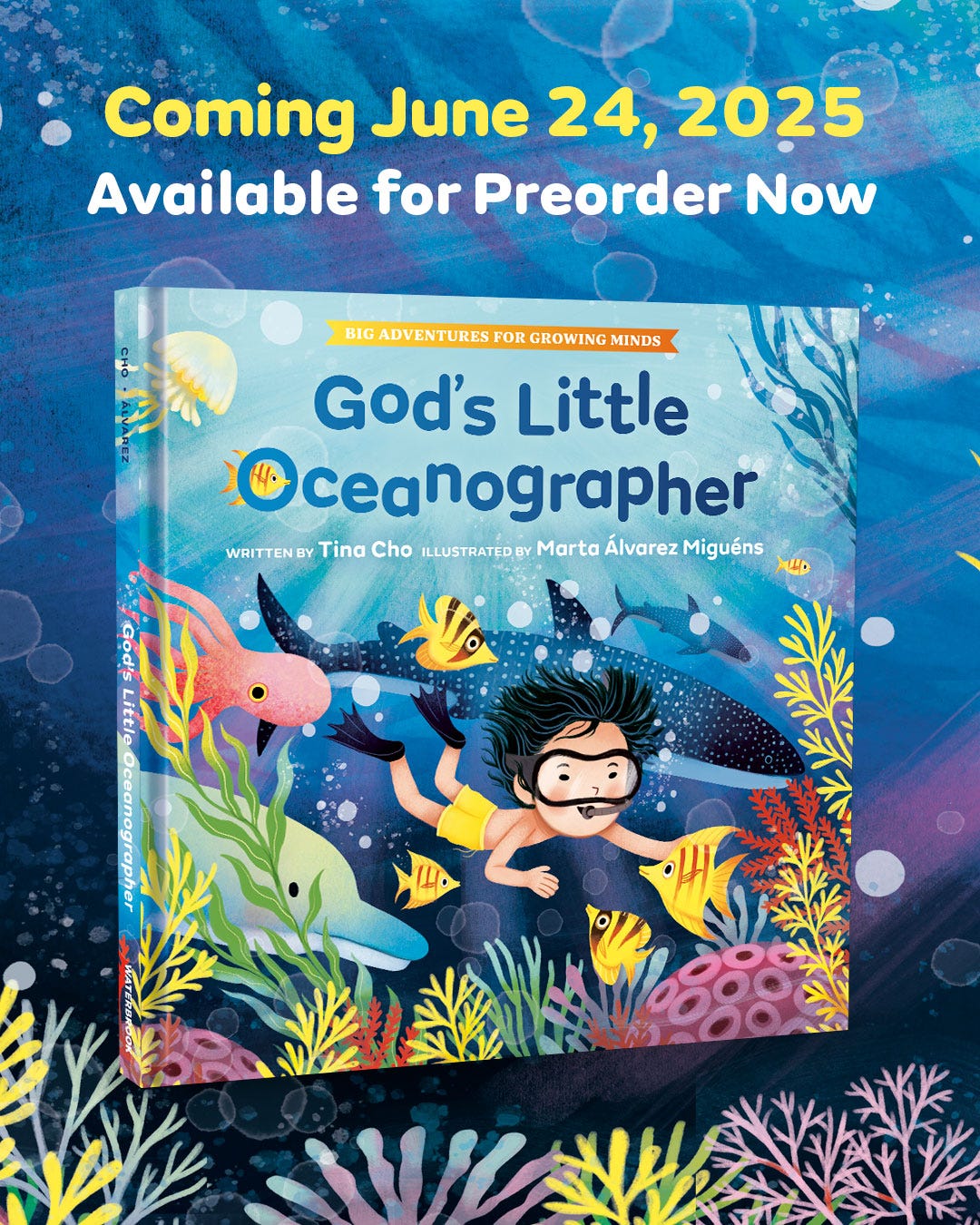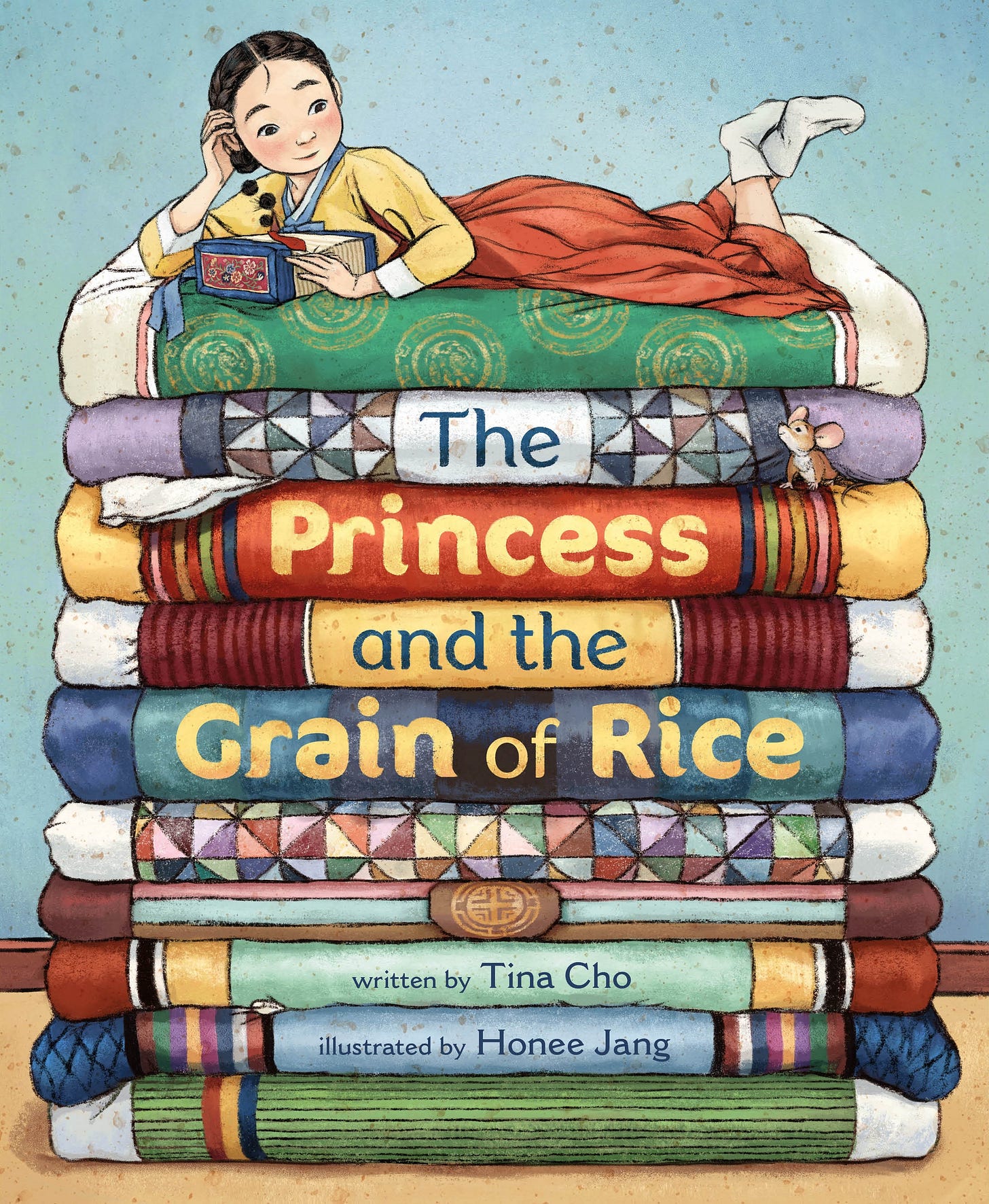What K-dramas Teach Us about Writing:
AKA a Good Excuse to Watch K-dramas & Other Binge-worthy Shows
One of the ways I unwind on the weekends after all my writing projects, cooking and cleaning, and schoolwork are done is to watch K-dramas, which stands for Korean dramas, for those of you who’ve never watched one. I watch them in their original language with English subtitles either on Netflix or sometimes Apple TV+. I’ve discovered K-dramas are like writing a good novel. How you say?
K-dramas teach us that audiences love great characters.
In When Life Gives You Tangerines, viewers fall in love with the story of young Aesun and Gwan-sik (IU & Park Bo-gum) a generational story of setbacks, successes, and hopes for the future. I bawled my eyes out in this one. It even features haenyeo, the diving women of Jeju, that my book The Ocean Calls is about.
I was hooked on the K-drama Miss Night and Day, a thriller about a ditzy intern who falls for a prosecutor. She lives with her parents and studies for the government exam but continually fails. Having lived in Korea for ten years, I understand a lot of the cultural family humor and events happening.
K-dramas teach us that even secondary characters need an arc.
In Hometown Cha-Cha-Cha, a dentist from Seoul moves to a seaside village and eventually falls in love with the village chief, a jack of all trades. But in this drama, and so many other K-dramas, all of the secondary characters have complete arcs, full of their own problems that eventually get solved by the end of the last episode. In Hometown Cha-Cha-Cha, the old ladies, a young girl, and a coffee barista, to name a few, have plot lines all of their own that resolve by the last episode. The same is true for novels. Every secondary character must have his/her own story arc.
In Queen of Tears, of course, viewers love heiress Hae-in who marries Baek Hyun-Woo, son of farmers, only to discover she has a major health problem. However, the secondary characters such as the in-laws, co-workers, and childhood friend each have their own problems to deal with.
K-dramas teach us that setting influences plot.
Miss Night and Day: Most of the scenes happen in the district’s prosector’s office. Without this setting, it wouldn’t be as mysterious and thrilling.
Many historical K-dramas take place during the Joseon era (1392-1910). You might notice these because the characters are wearing traditional clothing and hats. This also means they take place during war days, times of kings and queens. Some historical K-dramas I’ve watched are Mr. Sunshine, Captivating the King, The King’s Affection, Mr. Queen, Under the Queen’s Umbrella, and Secret Royal Inspector. Later, I’ll share which one had an effect on my forthcoming book, The Princess and the Grain of Rice, illustrated by Honee Jang, publishing with Macmillan FSG 2/2026.
K-dramas teach us to end chapters/episodes using cliff hangers.
During the school year, I watch K-dramas on the weekends, like 10-11pm. But sometimes I’m so hooked, I end up watching another episode until midnight, or whenever my teacher brain conks out. Similarly, a good book makes us read chapter after chapter, not wanting to put the book down! Another thriller that made me stay up was When the Phone Rings. A mute stand-in for her sister in an arranged marriage to a former war correspondent and TV announcer is kidnapped.
In Business Proposal, a girl goes on a blind date for her friend and discovers it’s with the CEO of her company. In each episode, she falls into a bigger, humorous hole that she must dig herself out of.
K-dramas teach us that history can be brought to life.
I’ve always enjoyed wandering through Korean museums, palaces, and even royal cemeteries, wondering what life was like back then. Growing up, history in textbooks was dry and boring. But now we can experience history through historical dramas. See my list above under “setting.”
K-dramas teach us to have a satisfying ending with the potential for more.
For example, Extraordinary Attorney Woo is coming back for another season because fans loved the first season about a sweet, autistic attorney that knew her stuff! Likewise, it’s fun to read a series and stay in the world of the characters.
K-dramas teach us that a great story can be acted out.
Pachinko by Min Jin Lee, was first a novel, a National Book Award finalist! This captivating story spans four generations, especially during Japanese occupation. *Note, this one was on Apple TV+. And they even came out with Pachinko season 2.
K-dramas teach us that a good story is relatable.
Well, I’m not a princess, queen, haenyeo, doctor, attorney, chef, or living in the Joseon era, but all these characters have relatable problems. Ever have family problems, money problems, needing a new job, wanting to be successful, wanting the best life for your children, wanting to find true love, wanting to stay healthy? Having some way to relate makes us care for the characters in the story.
Let’s see. How does my novel, THE OTHER SIDE OF TOMORROW rate? It has two main characters who want to escape North Korea, through the Asian Underground Railroad which includes jail, a jungle, a river, and fleeing to other countries. It has secondary characters of a mom, grandma, friend, soldiers, etc. And each of them have issues that they confront. Many readers said they couldn’t put the book down and finished it in one sitting or have reread it, so I guess that means it has cliffhangers J And it’s both historical and current. I wrote it to take place in 2013, when I first sat down to write draft 1. However, nothing has changed. So it could well take place in 2025. Can it be acted out? I suppose it sort of already has because it’s based on the lives of real refugees. This graphic novel, illustrated by Deb JJ Lee received 5 starred reviews from Kirkus, SLJ, Publishers Weekly, Booklist, and The Horn Book, won the SCBWI Golden Kite Award for middle grade fiction and was a Freeman Award Honorable Mention for graphic novels. How’s that for rating?!
What’s new?
This Friday 5/30 is my students’ last day of school. My last day (for teachers) is June 3rd. After that, you’ll find me catching up on sleep, catching up on reading books, writing projects, and of course, watching K-dramas.
June 24th the next book in my Big Adventures for Growing Minds series from PRH/Waterbrook series is GOD’S LITTLE OCEANOGRAPHER, illustrated by Marta Alvarez Miguens. Perhaps you read the first book, God’s Little Astronomer. And I’m currently working on the third book, God’s Little Zoologist with my editor.
If you’d like to review GOD’S LITTLE OCEANOGRAPHER, please message me by June 4th! I’ll need your address so the publisher can send you a copy. When I say review, you could do things such as post it to your social media, write a review on Amazon or Good Reads or Barnes & Noble, recommend it to friends, family, church groups, etc… Every little bit helps. And of course, you can preorder it wherever books are sold.
Another book of mine is available for preorder, THE PRINCESS AND THE GRAIN OF RICE, illustrated by Honee Jang. This is a Korean retelling of the popular fairytale, The Princess and the Pea. It’s forthcoming Feb. 10th, 2026 from Macmillan/FSG. More about this one later. My Instagram has two fun videos about this picture book.
Also in the works—my agent sold another picture book story! Details later. We’re working on the contract currently.
Well, if you’ll excuse me, I need to go watch my current K-dramas, Tastefully Yours and Hospital Playlist. I know, two different ones. I’ll call it “research” for my writing :)
If you know of other binge-worthy shows I should try this summer, put them in the comments!
Pray I make it through to the end of school!









